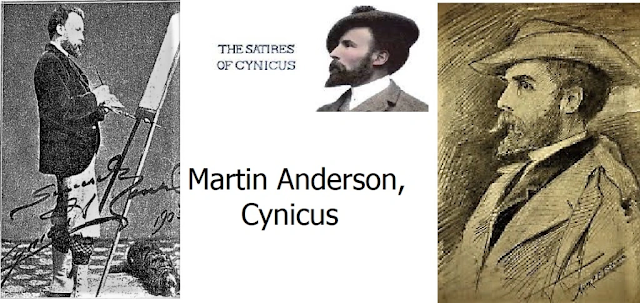I was born and grew up in a Welsh mining village, in the Rhymney Valley, just a couple of miles from Caerphilly. Our local pit was the Bedwas Navigation Colliery, that had the reputation of yielding good quality steam coal for the maritime sector - the clue is in the name 'navigation'. It seemed that every village around us had had a pit at one time and each village had provided hundreds of men and boys to help hew the coal from the ground. Coal brought prosperity, albeit at a pretty low level, to our village, but at a cost. At one end of the spectrum were the fatalities, not that many but there were regular accidents. At the other end, I remember that miners were covered in little blue scars, like tattoos. If you got even the smallest cut down a pit, the dust got in straight away and turned it blue forever - and there was nothing you could do about it. The dust got in to your lungs too but these are part of a story for another day.
The primary school I attended, between 1952 and 1959, was Bedwas Junior Mixed. It was a typical mining village school, with most of the pupils' fathers (most mothers stayed at home in those days) having some connection with the pit, either directly as colliers or indirectly as supplying some service to the pit. Our school outings were very limited, in stark contrast with what my grandchildren have experienced. We had an annual trip, by steam train, to Bristol Zoo, and the occasional charabanc outing to St Fagans, nowadays the St Fagans National Museum of History, at Cardiff. And we also had, for two or three years, a unique day-trip - a visit to our local pit!
Who in their right mind would take young children down a working coal mine now? It would never be allowed in today's litigious and safety-conscious times. And in retrospect, it was a pretty mad thing to do. But, within the context of the zeitgeist, it was a little like a 'take your child to work day'.
We walked the mile or so up to the pit in crocodile file and, after some 'pop' and a biscuit in the pit canteen, we were taken to the pit head under the winding gear. There we were all crammed in the cage and snuggled up against each other. The man in charge of the ascent and descent was Len the Pen and he was a neighbour of ours in Bryn Fedw. I think he said something like "are you ready for the ride?" and then we gasped as the floor fell away. Len let the cage drop a while and put the brakes on. It was dark and he said that we were stuck. Much screaming at this point and then we dropped again. I thought the cable had snapped but the brakes came on again as we got near to the bottom of the shaft - Mr Google tells me that the shaft was around 2000ft deep, and it felt like it. When we reached the bottom, everyone outside, and Len the Pen, were doubled up with laughter. They obviously enjoyed playing this trick on innocent children. It must have livened up an otherwise dull day down the mine.
We didn't venture far from the cage and I can still smell the dank, foetid odour, the likes of which I haven't encountered before or since - a very distinct combination of strange gases. Lights were switched out for a short while and we were shown how miner's lamps were used. At one point, in the distance we heard a long, wailing siren, followed by a bellowing, full-throated roar. Shot blasting at the coal face! It could have been my dad doing that as he was a shot firer for a while. And then it was back in the cage and up to the surface and more 'pop' and biscuits.
If I wanted to be dramatic, I could say that, sometimes, even now, I wake up with my head throbbing and my ears ringing, as if my skull has been tightly clamped in a vice all night. I haven't been to the doctor's about it. It wouldn't do any good. It isn't depression, or stress. It isn't a migraine, or a hangover. It's nothing physical at all. But that’s not true. It's just a memory - a memory from childhood. It is just a memory of a dank, smelly, sweaty, claustrophobic place. I hated the foul, festering hell-hole the moment I set foot down there. I could say that I decided that day that I'd never end up down the pit like my grandfather, dad and others. I could say that I decided that day I'd never set foot in a pit again as long as I lived. I could say that I decided that day I wanted something better.
But that would be completely wrong. There was never any chance that I would end up down the pit. My parents would never have allowed that, and they often told me in no uncertain terms. And for that, I am eternally grateful.








.jpg)























